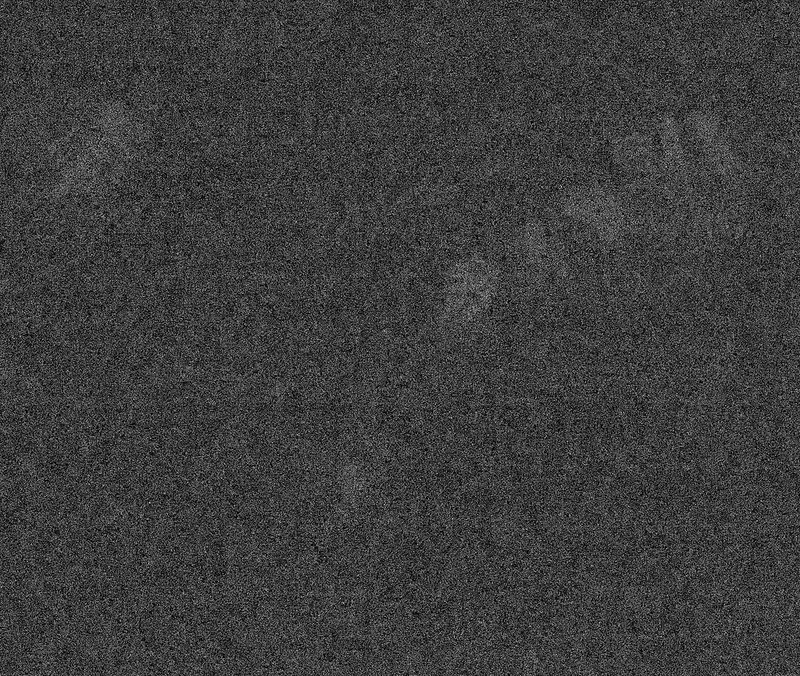In some parts of the world, notably North America, bioluminescent fungi are relatively common. In the UK, fungal luminescence is rare and weak (even in some of the same species which can be much brighter in North America). This image is the luminescence of Candlesnuff Fungus, Xylaria hypoxylon. Pat O'Reilly claims the bioluminescence in this species is due to phosphorus accumulated within the mycelium reacting with oxygen and other chemicals in the fungus. Honey Fungus, Armillaria mellea, is said to be brighter, giving out enough light to be visible to the human eye, but only on very dark, cloudy and moonless nights in dense woodland where light pollution from other sources is at an absolute minimum. You may have seen glowing fungi on David Attenborough's Life That Glows recently. It's good to know that Dave is as puzzled about this as I am.
I've done a limited amount of astrophotography (I'm far from an expert), and this is a lot fainter than starlight. I had to throw everything I've got at this photo to capture this image (closed box, dark room at night, 2 minute exposure, high ISO), but the light and dark images do align perfectly:



